6 Dividend Growth ETFs to Buy
Dividend growth ETFs tap into a strategy that outperforms the market over time and helps investors beat inflation.


The past few years have shone a bright light on one of the many virtues of dividend growth stocks and dividend growth ETFs.
Inflation eats away at the power of the U.S. dollar, and in recent years, it has been feasting. In 2021, America suffered a 7% annual inflation rate, followed by 6.5% in 2022, 4.1% in 2023 and 2.9% in 2024.
Inflation has cooled markedly, per the most recent CPI reports. But, in practical terms, an item bought for $10 in January 2021 would already cost $12.07 today.
Now, imagine you live off dividends (if you don't now, you might one day in retirement) and your dividends remained flat between 2021 and now.
That means even though the amount of dollars you received stayed the same, how much those dollars could purchase would have shrunk considerably.
But if you held dividend growth stocks, you might be much closer to whole.
Dividend growth stocks and dividend growth ETFs possess other important characteristics, of course.
For one, dividends overall are an important component of overall return.
From 1930 to 2022, a little more than 40% of the S&P 500's annualized total return was generated by the payment and reinvestment of dividends, according to Nuveen research.
Dividend growth is a winning strategy. According to Ned Davis Research and Hartford Funds data, dividend growers and initiators in the S&P 500 generated an overall average annual return of 10.2% between 1973 and 2022.
That average return outpaced dividend payers (9.2%), dividend stocks with no change in dividend policy (6.6%), dividend non-payers (-0.6%), dividend cutters and eliminators (4.0%) and the equal-weighted S&P 500 Index (7.7%).
Better still, dividend growth stocks outperformed with less volatility than any of those other categories.

Best dividend growth ETFs
Now, you could hand-pick a few dividend stocks and hope you end up selecting the outperformers of the bunch.
But you might also consider casting a wider net, owning dozens if not hundreds of dividend growers via the best ETFs.
Read on as we examine six dividend growth ETFs that cover several ways to play expanding payouts.
Data is as of February 6. Yields represent the trailing 12-month yield, which is a standard measure for equity funds.
| Exchange-traded fund/ticker | Dividend yield |
|---|---|
| Vanguard Dividend Appreciation ETF (VIG) | 1.7% |
| ProShares S&P 500 Dividend Aristocrats ETF (NOBL) | 2.0% |
| iShares Core Dividend Growth ETF (DGRO) | 2.2% |
| Siren DIVCON Leaders Dividend ETF (LEAD) | 0.9% |
| SPDR S&P Dividend ETF (SDY) | 2.5% |
| ProShares Russell 2000 Dividend Growers ETF (SMDV) | 2.6% |

I am the Editor-in-Chief of WealthUp, a financial literacy site. I have spent over a decade in financial media, including my previous role as senior investing editor for Kiplinger.com. Over this time, I have covered a wide variety of investing topics, including analyzing stocks, bonds and exchange-traded funds (ETFs) such as those picked for this list of the best dividend growth ETFs.

Vanguard Dividend Appreciation ETF
- Assets under management: $90.1 billion
- Dividend yield: 1.7%
- Expenses: 0.05%, or $5 annually for every $10,000 invested
We'll start with the largest-by-a-mile dividend growth ETF, the Vanguard Dividend Appreciation ETF (VIG, $203.54).
VIG has approximately $90 billion in assets under management (AUM), which makes it about three times the size of the next-biggest option on this list.
VIG tracks the S&P U.S. Dividend Growers Index, which holds U.S. companies that have consistently increased dividends every year for at least a decade.
This improves your chances of enjoying larger payouts over time. Sustained dividend growth is also a symbol of high financial quality. The combination clearly marks VIG as one of the best dividend growth ETFs to buy for investors of all ages.
The portfolio is primarily large-cap in nature, with a median market cap of nearly $207.7 billion across its 300-plus holdings. Blue chip stocks like Broadcom (AVGO), Microsoft (MSFT), Apple (AAPL), JPMorgan Chase (JPM) and Visa (V) pepper VIG's top holdings.
The index also nods to another common trait of dividend growth ETFs: so-so yields. Specifically, the index excludes the top 25% highest-yielding eligible companies.
While high yields aren't an automatic red flag, some high-paying stocks can have less sustainable dividends at risk of being cut — something that's diametrically opposed to dividend growth.
Many other dividend growth ETFs might not explicitly exclude high yielders, but fat yields are typically a rarity in this kind of fund.
Sector allocations are fairly lopsided — there's tons of exposure to tech stocks (27%), financials (22%), healthcare (14%), industrials (11%) and consumer staples (11%) but single-digit exposure to five other sectors and no real estate stocks in the lineup at present.
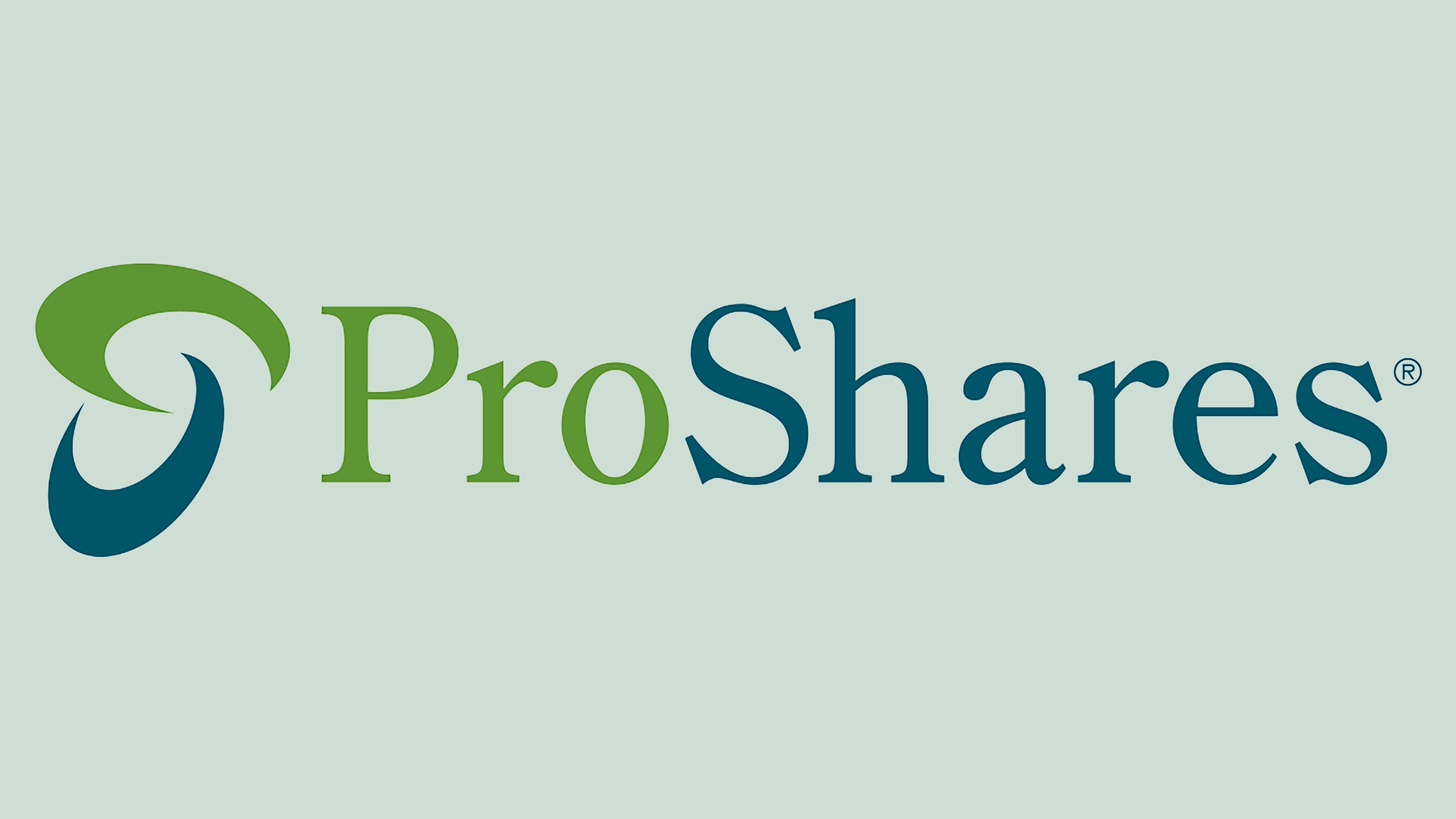
ProShares S&P 500 Dividend Aristocrats ETF
- Assets under management: $11.7 billion
- Dividend yield: 2.0%
- Expenses: 0.35%
The ProShares S&P 500 Dividend Aristocrats ETF (NOBL, $101.60) tracks the most famous index of dividend growth around, the S&P 500 Dividend Aristocrats Index.
The S&P 500 Dividend Aristocrats is made up of S&P 500 dividend stocks that have increased their payouts on an annual basis for a whopping 25 consecutive years — at minimum.
The majority of these Aristocrats have dividend-growth streaks of 40 years or more, and some, dubbed "Dividend Kings," have hit the 50-year milestone.
Also noteworthy: NOBL is equally weighted, meaning that each time the fund rebalances, all stocks represent the same percentage of assets. They do shift between rebalancings, however.
Top holdings at present include the likes of old-school tech industry leader International Business Machines (IBM) and discount retailer Walmart (WMT) as well as pharma giant AbbVie (ABBV) and industrial conglomerate Roper Technologies (ROP).
No holding makes up more than 2% of total assets, and though this can change over time, NOBL is currently an extremely unbalanced fund.
While the ETF's rules prevent any one sector from accounting for more than 30% of holdings, two — consumer staples stocks (24%) and industrial stocks (23%) — account for nearly half combined. Meanwhile, materials, financials and healthcare each account for about 11% of AUM.
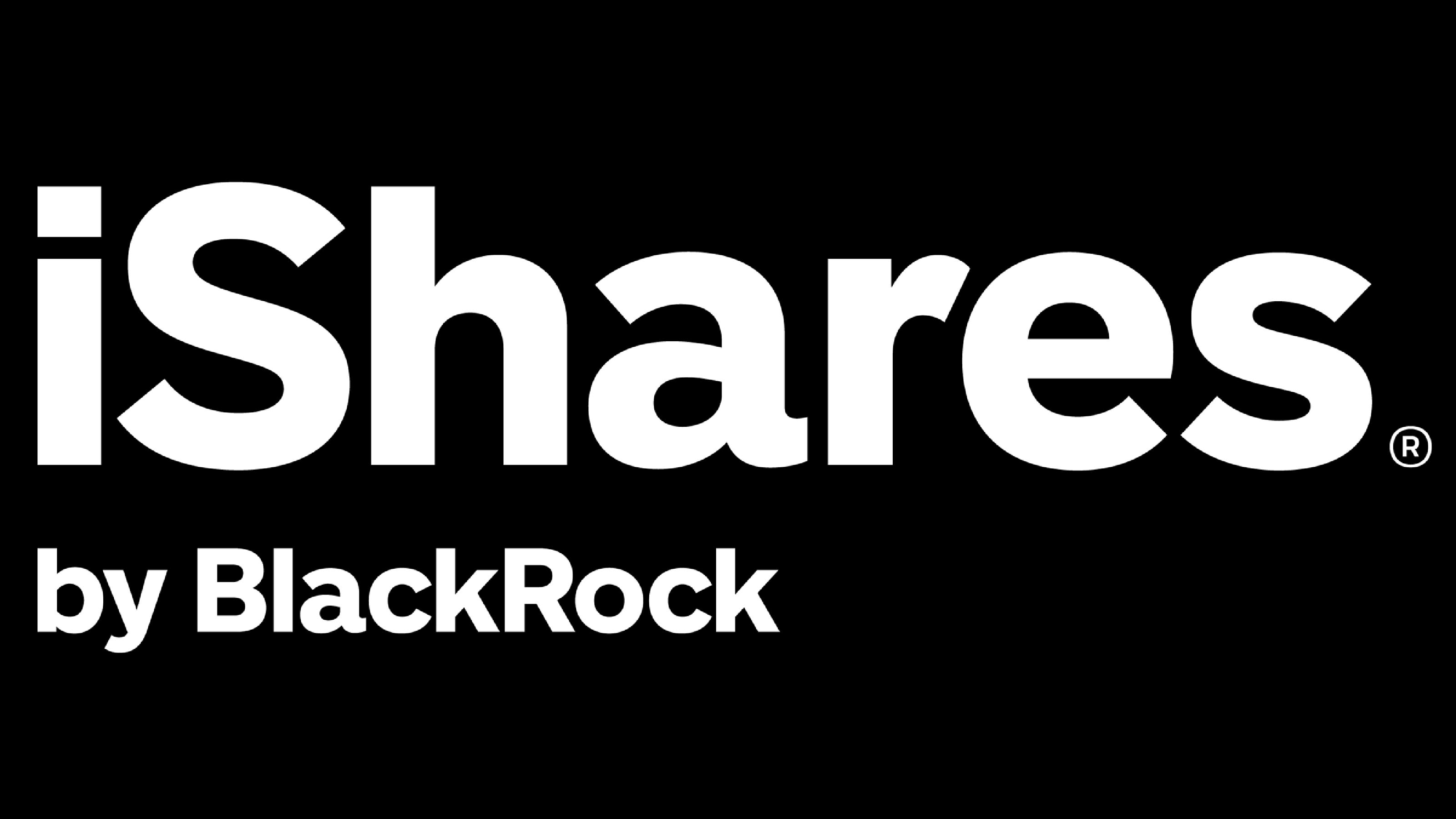
iShares Core Dividend Growth ETF
- Assets under management: $31.6 billion
- Dividend yield: 2.2%
- Expenses: 0.08%
The iShares Core Dividend Growth ETF (DGRO, $63.69) is another predominantly large-cap dividend-growth ETF.
DGRO tracks the Morningstar U.S. Dividend Growth Index, made up of stocks with at least five years of uninterrupted annual dividend growth as well as an earnings payout ratio of less than 75%. This is another filter meant to improve portfolio quality.
Companies that pay out too high a percentage of their income as dividends might not be able to continue delivering those payouts over time. The ETF's underlying index also excludes stocks in the top decile by dividend yield.
Like VIG, DGRO is heaviest in financials (21%), information technology (19%), healthcare (18%), consumer staples (11%) and industrials (10%), though at different weightings.
DGRO does hold some mid- and small-cap stocks, but the lion's share (80%) of assets are allocated to large-cap stocks.
Top holdings include JPMorgan Chase, Johnson & Johnson (JNJ), AbbVie, Exxon Mobil (XOM) and Broadcom.
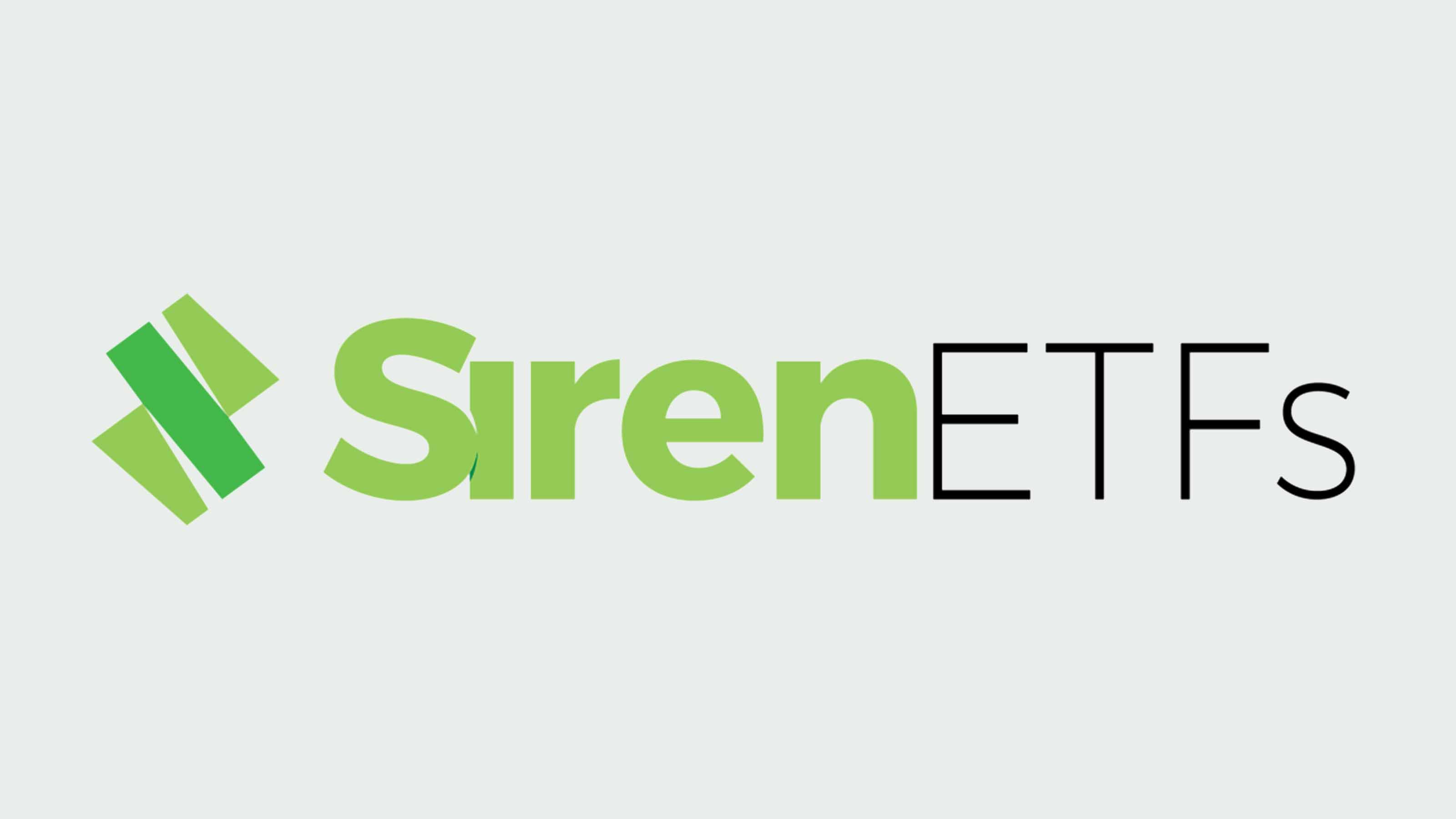
Siren DIVCON Leaders Dividend ETF
- Assets under management: $56.9 million
- Dividend yield: 0.9%
- Expenses: 0.43%
Another dividend growth ETF worth exploring is the Siren DIVCON Leaders Dividend ETF (LEAD, $68.86), which relies on a familiar dividend-health system to determine its holdings.
The DIVCON system, by Reality Shares, evaluates seven quantitative factors across the 500 largest U.S. companies to determine their dividend health, assigning them ratings from 1 to 5.
DIVCON 1, the lowest rating, indicates a company likely to cut its payout over the next 12 months. DIVCON 5, the highest rating, indicates a company likely to raise its payout over the next 12 months.
The LEAD ETF tracks the Siren DIVCON Leaders Dividend Index, which holds all DIVCON 5 stocks or the 30 stocks with the highest DIVCON scores, whichever is greater.
LEAD holds 58 stocks that the DIVCON system indicates are likely to raise their payouts, including semiconductor stocks Broadcom and KLA Corp (KLAC) as well as warehouse club Costco Wholesale (COST).
The fund is currently split mostly among mega caps (22%), large caps (31%) and mid-caps (41%), with light small-cap (3%) exposure. It's the most lopsided of the bunch from a sector perspective, at 28% industrials, 27% technology and 19% financials.
LEAD has accumulated just $57 million in assets — a small sum given that the fund launched in 2016 — and averages extremely thin trading volume of just 2,000 shares per day.
None of this means LEAD will necessarily up and disappear anytime soon. But the thin trading volume means you should use limit orders and stop losses when buying and selling this fund.
Also, even among the best dividend growth ETFs, this Siren fund's yield is meager. At 0.9%, LEAD yields less than a quarter of what you can get out of your average money market fund. And it's the only fund on this list that doles out smaller dividends than the S&P 500.

SPDR S&P Dividend ETF
- Assets under management: $20.1 billion
- Dividend yield: 2.5%
- Expenses: 0.35%
Another "Aristocrat" index worth investigating is the S&P High Yield Dividend Aristocrats Index.
This index includes S&P Composite 1500 companies that have consistently increased their dividend for at least 20 consecutive years. Constituents are weighted by their annual dividend yield, with a maximum weight of 4%.
Over the past couple of decades, this group of stocks has been particularly useful from a defensive standpoint. From S&P Dow Jones Indices:
"Looking at the period from Dec. 31, 1999, to March 31, 2022, when the market (as represented by the S&P 1500) was down, the S&P High Yield Dividend Aristocrats outperformed the S&P Composite 1500 and S&P 500 High Dividend Index by an average of 140 bps [basis points] per month and 49 bps per month, respectively." (A basis point equals 0.01%.)
S&P adds that during the 15 worst-performing months for the S&P 1500 in that period, the S&P High Yield Dividend Aristocrats performance was 229 bps and 358 bps better than those respective indexes.
You can get exposure to that index via the SPDR S&P Dividend ETF (SDY, $133.60).
SDY's 149-holding portfolio is heavier in mid-cap stocks (48%) and small-cap stocks (15%) than the previous funds. It also pays a much higher yield at 2.5%.
From a sector perspective, industrial stocks are tops at 18%, followed by staples (16%), utility stocks (15%) and financials (10%). Individual weightings are pretty balanced, however, and no stock currently accounts for more than 3% of AUM.
Telecom giant Verizon Communications (VZ), real estate investment trust (REIT) Realty Income (O), integrated energy producer Chevron (CVX), AbbVie and power provider Consolidated Edison (ED) are among the top holdings.

ProShares Russell 2000 Dividend Growers ETF
- Assets under management: $728.9 million
- Dividend yield: 2.6%
- Expenses: 0.40%
Dividend growth isn't exclusive to large- and mid-cap stocks.
Investors interested in delving into payout-raising small-cap stocks can invest in the ProShares Russell 2000 Dividend Growers ETF (SMDV, $69.68).
SMDV tracks the Russell 2000 Dividend Growth Index, which holds companies in the small-cap Russell 2000 Index that have improved their annual dividend payouts every year for at least a decade.
This dividend growth ETF is required to hold at least 40 stocks. If there aren't at least 40 stocks in the Russell 2000 with at least 10 consecutive years of dividend growth, it will include companies with shorter payout histories.
Fortunately, that's not the case for SMDV, which holds about 100 stocks right now.
SMDV is another top-heavy fund, with financials (29%) and industrials (23%) combining to make up half the assets under management. Utilities (18%) are the only other double-digit weighting.
On an individual-stock basis, no holding is more than 1.5% of AUM. Specialty absorbent products maker Oil-Dri Corporation of America (ODC) is SMDV's top holding at 1.3% of assets.
Payment solutions provider CSG Systems International (CSGS, 1.2%), industrial REIT Terreno Realty (TRNO, 1.2%), water utility equipment maker Mueller Water Products (MWA, 1.1%) and community bank holding company First Merchants (FRME, 1.1%) are also among the kinds of stocks held in this small-cap ETF.
Learn more about SMDV at the ProShares provider site.
Related content
Get Kiplinger Today newsletter — free
Profit and prosper with the best of Kiplinger's advice on investing, taxes, retirement, personal finance and much more. Delivered daily. Enter your email in the box and click Sign Me Up.
Kyle Woodley is the Editor-in-Chief of WealthUp, a site dedicated to improving the personal finances and financial literacy of people of all ages. He also writes the weekly The Weekend Tea newsletter, which covers both news and analysis about spending, saving, investing, the economy and more.
Kyle was previously the Senior Investing Editor for Kiplinger.com, and the Managing Editor for InvestorPlace.com before that. His work has appeared in several outlets, including Yahoo! Finance, MSN Money, Barchart, The Globe & Mail and the Nasdaq. He also has appeared as a guest on Fox Business Network and Money Radio, among other shows and podcasts, and he has been quoted in several outlets, including MarketWatch, Vice and Univision. He is a proud graduate of The Ohio State University, where he earned a BA in journalism.
You can check out his thoughts on the markets (and more) at @KyleWoodley.
-
 6 Stunning Waterfront Homes for Sale Around the US
6 Stunning Waterfront Homes for Sale Around the USFrom private peninsulas to lakes, bayous and beyond, Kiplinger's "Listed" series brings you another selection of dream homes for sale on the waterfront.
By Charlotte Gorbold Published
-
 Six Reasons to Disinherit Someone and How to Do It
Six Reasons to Disinherit Someone and How to Do ItWhether you're navigating a second marriage, dealing with an estranged relative or leaving your assets to charity, there are reasons to disinherit someone. Here's how.
By Donna LeValley Published
-
 Should You Still Wait Until 70 to Claim Social Security?
Should You Still Wait Until 70 to Claim Social Security?Delaying Social Security until age 70 will increase your benefits. But with shortages ahead, and talk of cuts, is there a case for claiming sooner?
By Evan T. Beach, CFP®, AWMA® Published
-
 Retirement Planning for Couples: How to Plan to Be So Happy Together
Retirement Planning for Couples: How to Plan to Be So Happy TogetherPlanning for retirement as a couple is a team sport that takes open communication, thoughtful planning and a solid financial strategy.
By Andrew Rosen, CFP®, CEP Published
-
 Market Turmoil: What History Tells Us About Current Volatility
Market Turmoil: What History Tells Us About Current VolatilityThis up-and-down uncertainty is nerve-racking, but a look back at previous downturns shows that the markets are resilient. Here's how to ride out the turmoil.
By Michael Aloi, CFP® Published
-
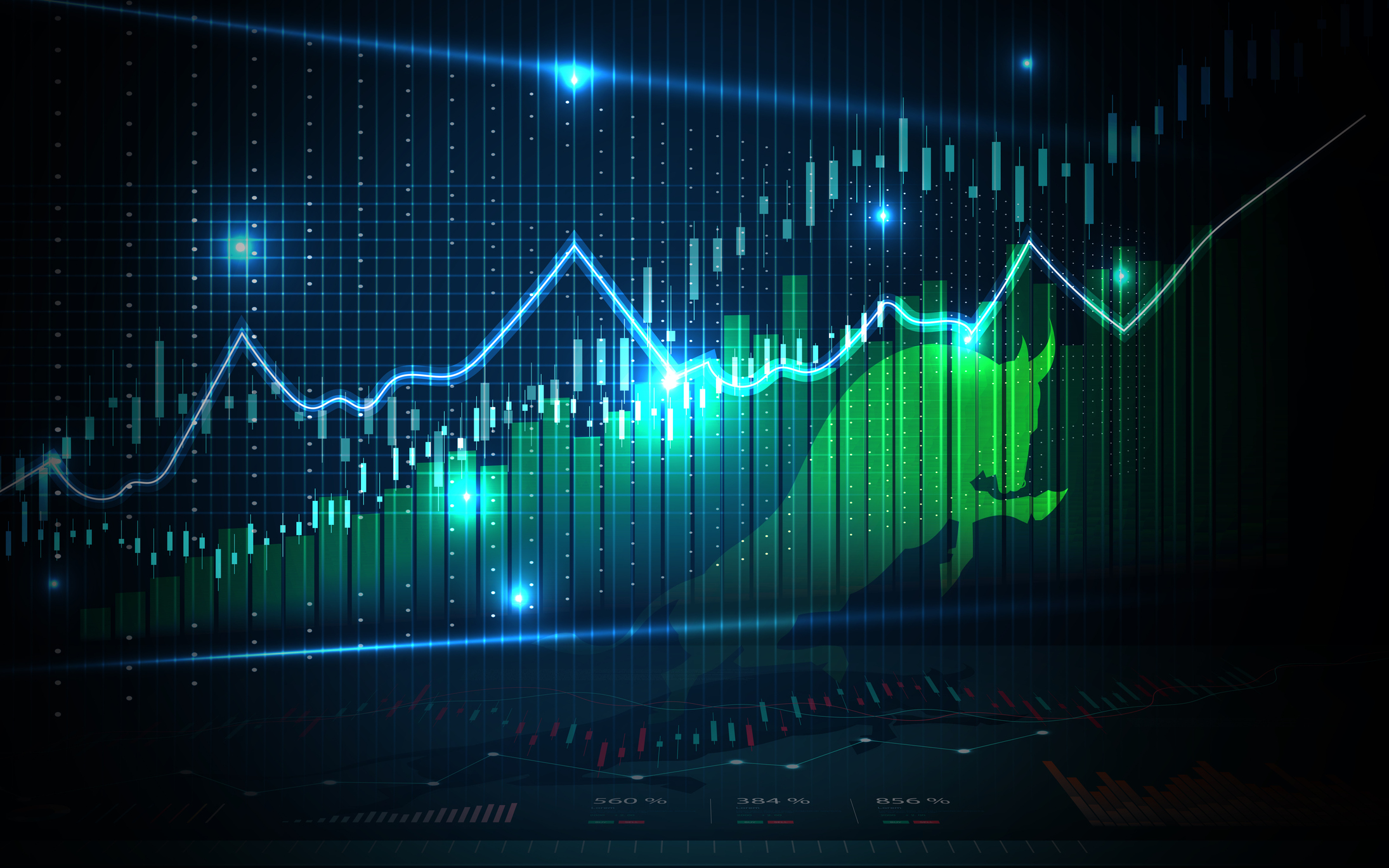 Stock Market Today: Stocks Surge to Close a Volatile Week
Stock Market Today: Stocks Surge to Close a Volatile WeekIt was another day with a week's worth of both news and price action, but it ended on a strongly positive note.
By David Dittman Published
-
 Home Insurance: How to Cut Costs Without Losing Coverage
Home Insurance: How to Cut Costs Without Losing CoverageNatural disasters are causing home insurance premiums to soar, but don't risk dropping your coverage completely when there are ways to keep costs down.
By Jared Elson, Investment Adviser Published
-
 Markets Roller Coaster: Resist the Urge to Make Big Changes
Markets Roller Coaster: Resist the Urge to Make Big ChangesYou could do more harm than good if you react emotionally to volatility. Instead, consider tax-loss harvesting, Roth conversions and how to plan for next time.
By Frank J. Legan Published
-
 Why Homeowners Insurance Has Gotten So Very Expensive
Why Homeowners Insurance Has Gotten So Very ExpensiveThe home insurance industry is seeing more frequent and bigger claims because of weather, wildfires and other natural disasters.
By Karl Susman, CPCU, LUTCF, CIC, CSFP, CFS, CPIA, AAI-M, PLCS Published
-
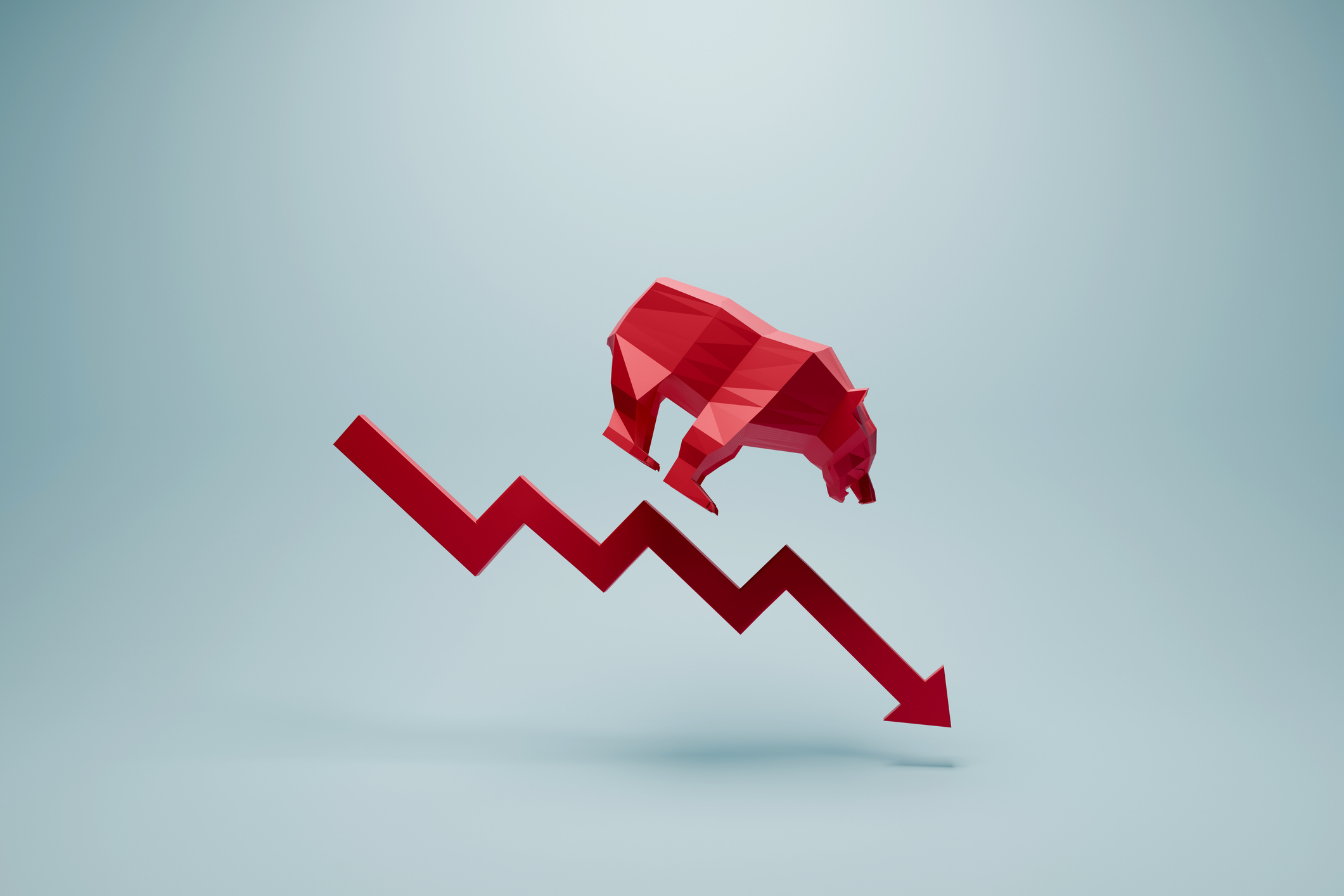 Stock Market Today: Uncertainty Proliferates: Dow Loses 1,014 Points
Stock Market Today: Uncertainty Proliferates: Dow Loses 1,014 PointsWeaker-than-expected consumer inflation data wasn't enough to stabilize sentiment during another volatile day for financial markets.
By David Dittman Published
